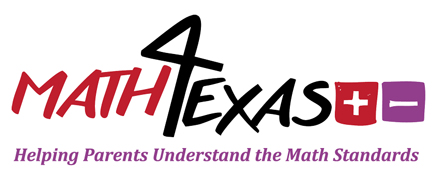T.I.P.S.
-
 The student
must be able to use base-ten models, counters, open number lines, and strip diagrams to solve addition and subtraction word problems involving situations
of putting together, taking apart, and comparing sets of less than 20. The students must be able to solve
problems with the unknown in any position of the number sentence and
be ready to model and explain their thinking.
The student
must be able to use base-ten models, counters, open number lines, and strip diagrams to solve addition and subtraction word problems involving situations
of putting together, taking apart, and comparing sets of less than 20. The students must be able to solve
problems with the unknown in any position of the number sentence and
be ready to model and explain their thinking.
Example
-
Read the following statements. You will need paper and pencil.a) In the pond there were 11 ducks swimming. Some more ducks joined them. There are now 20 ducks swimming. How many ducks came to swim with the first 11 ducks? Explain your solution and thinking using a strip diagram and a number sentence.
b) Bea has 11 pencils. Annie has 9 pencils. How many fewer pencils does Annie have than Bea? Explain your solution and thinking using a strip diagram and a number sentence.
c) There are 12 rabbits playing in the yard. There are 4 adult rabbits, and the rest are babies. How many of the rabbits are babies? Explain your solution and thinking using an open number line and a number sentence.
Digital Tools
-
Click on the following links for interactive games.
Resources
-
Click on the following links for more information.
TEKS
-
1.3 Number and operations. The student applies mathematical process standards to develop and use strategies for whole number addition and subtraction computations in order to solve problems. The student is expected to:
(B) use objects and pictorial models to solve word problems involving joining, separating, and comparing sets within 20 and unknowns as any one of the terms in the problem such as 2 + 4 = [ ]; 3 + [ ] = 7; and 5 = [ ] - 3;





 Click
Click 

